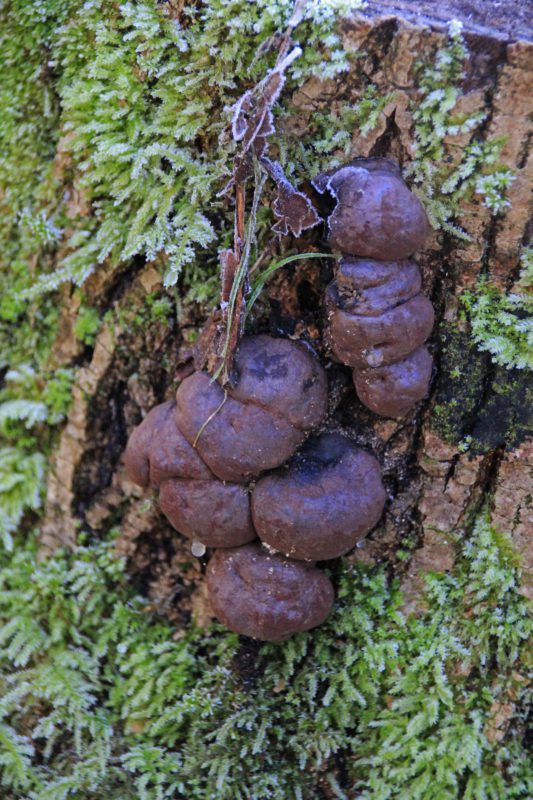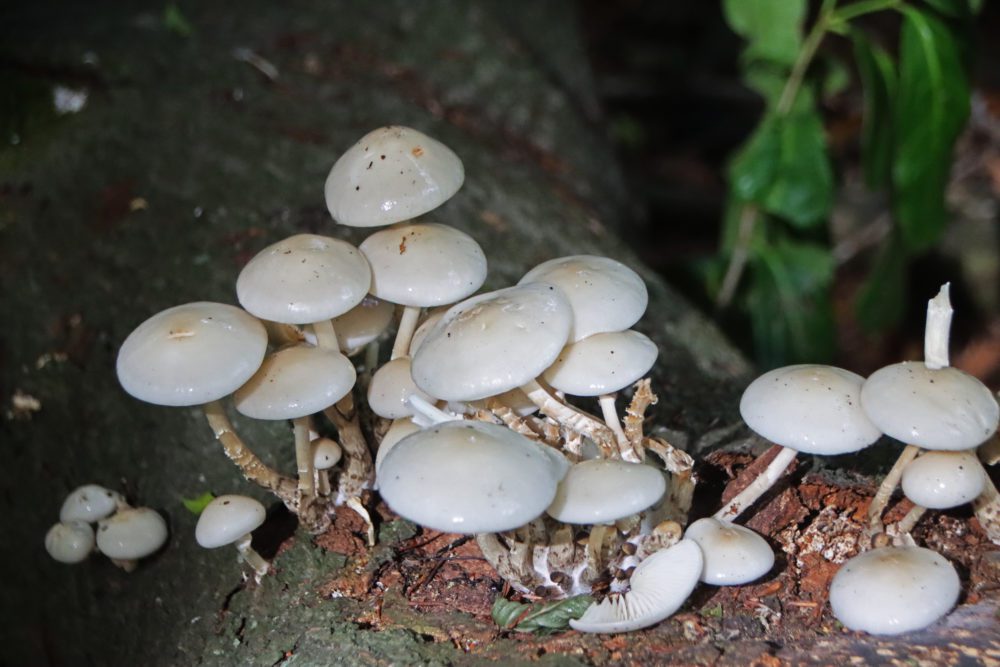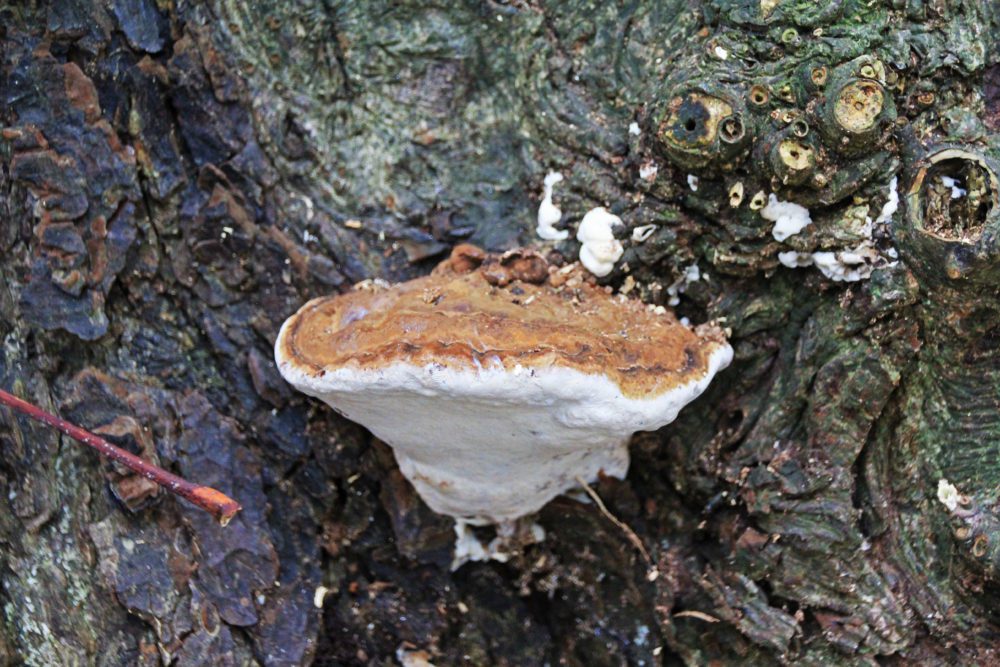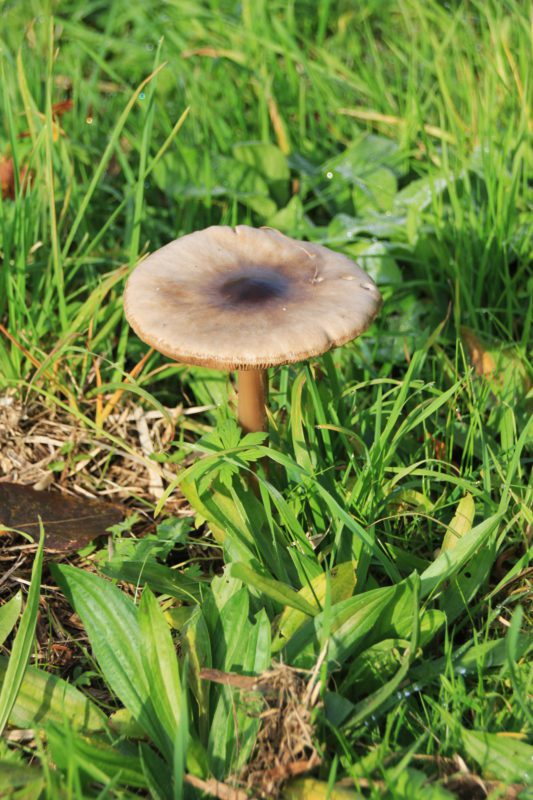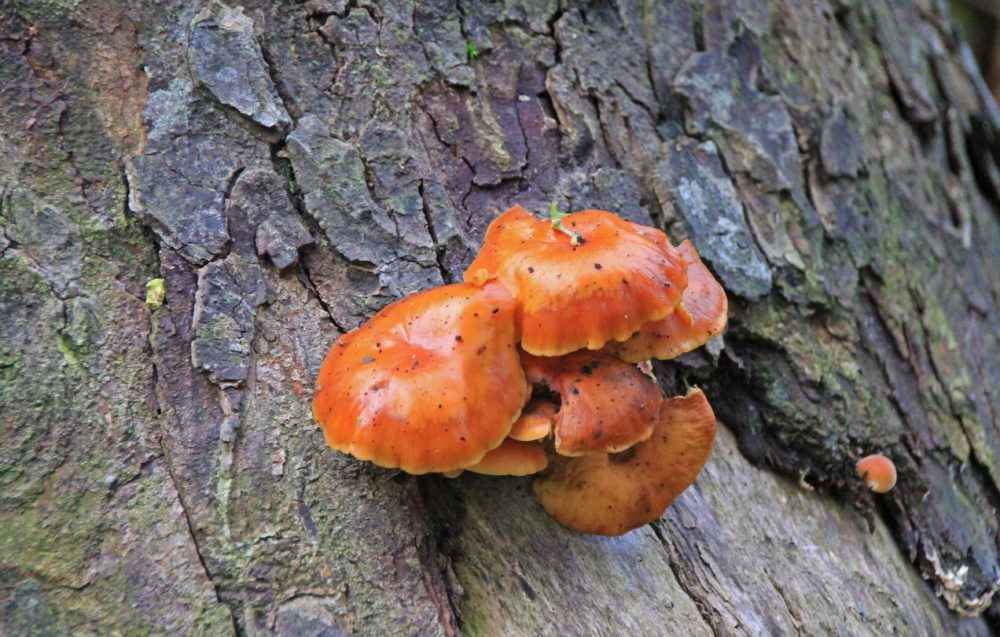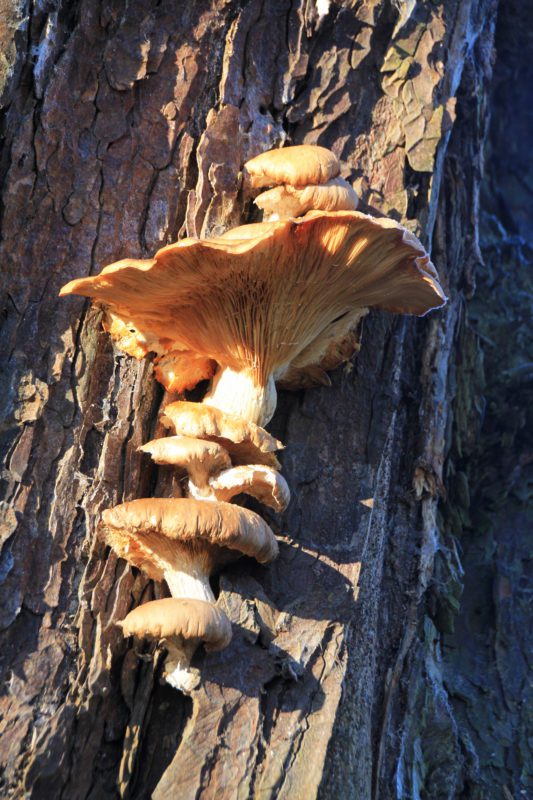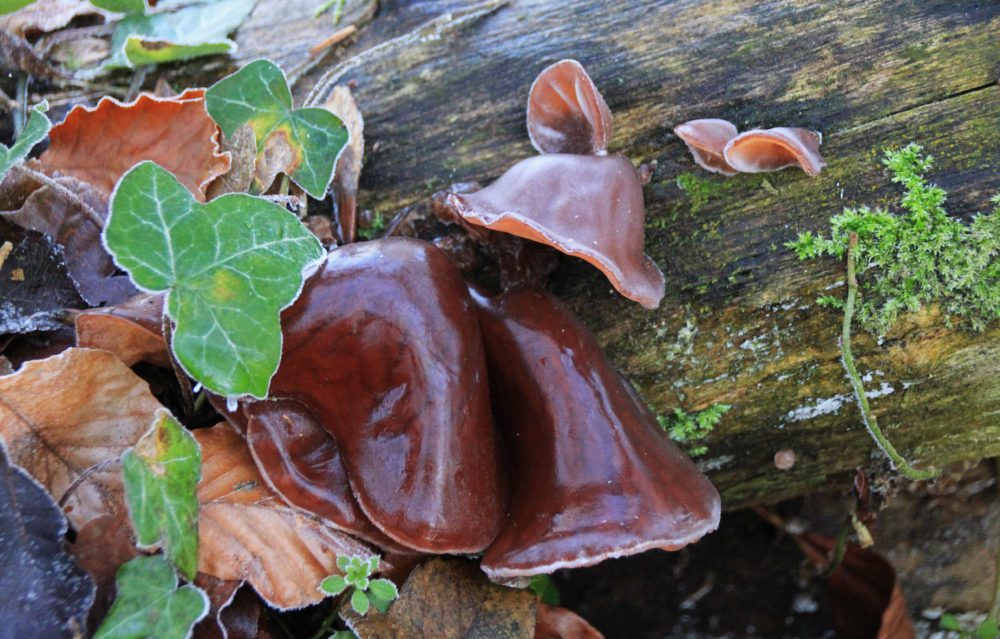Fungi in the Lydiard Woodlands
This is the time of year when fungi rules the Lydiard Woods. The word “fungi” is a group of organisms that include yeast and mushrooms. Fungi have been used for centuries as a source of food for humans – mushrooms and truffles, yeast in bread and as a fermentation agent in wine and beer. But many species are also toxic to animals and humans.
Fungi are often overlooked but in reality are an intriguing and fascinating group. They are extremely varied in size, colour and shape. FoLP Trustee Julie Holland and her husband Martin have spotted quite a few different varieties on their walks around Lydiard Park. Some examples can be seen in the photo gallery below. No doubt there are many more types they haven’t yet seen! Let us know if you spot any. One of the best times to find fungi is from August through to the end of Autumn.”
Here are just a few you can see:
The Fairy Inkcap forms a dense mass, swarming over rotten tree stumps and roots. Starting out as pure white they quickly turn grey and black. They are also known as Fairies Bonnets!
The Jelly Ear gets its name from the fact that it looks like an ear growing off a tree branch. They also have a rather odd velvety feel to them! However the Jelly Ear has been used in medicine in the past, on the basis that a fungus that looked like a body part could be used to treat problems with the throat (which was supposed to look like an ear!) Herbalist John Gerard suggested boiling Jelly Ear in milk as a cure for a sore throat. This is no longer recommended.
The King Alfred’s Cake mushroom is named after the legend in which King Alfred, on the run from the Vikings, hid out in a peasant’s hut and promptly let the cakes burn. The look like round, hard lumps of coal stuck on a decaying branch. Many small insects make their homes inside this mushroom.
The Funeral Bell mushroom contains in its name the clue that it is toxic. I contains the same poison as the Death Cap and should be avoided at all costs.
The Porcelain fungus – as the name suggests, it is a glistening translucent white colour. It is edible but as it is covered in mucus, it’s not very pleasant!
And finally, the Dryad’s Saddle fungus is a scaly looking mushroom with the biggest cap!
